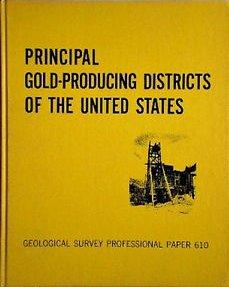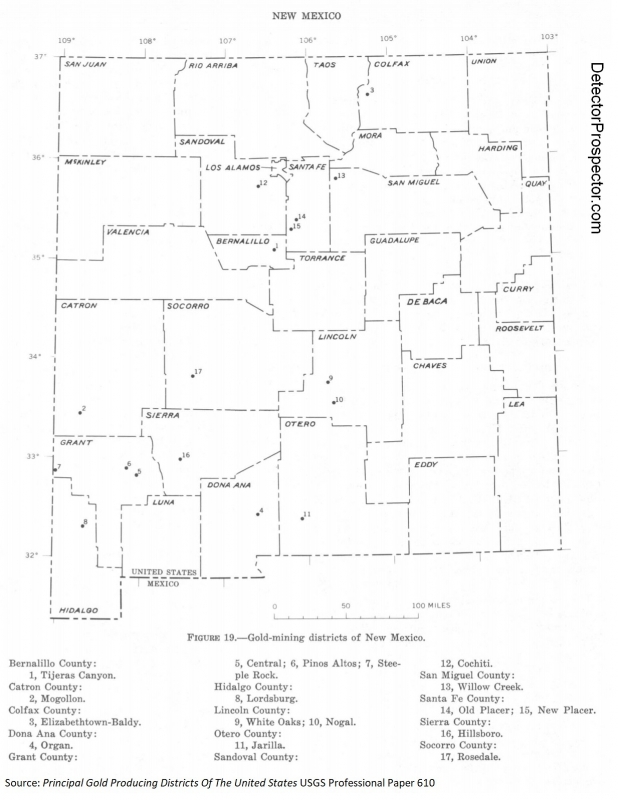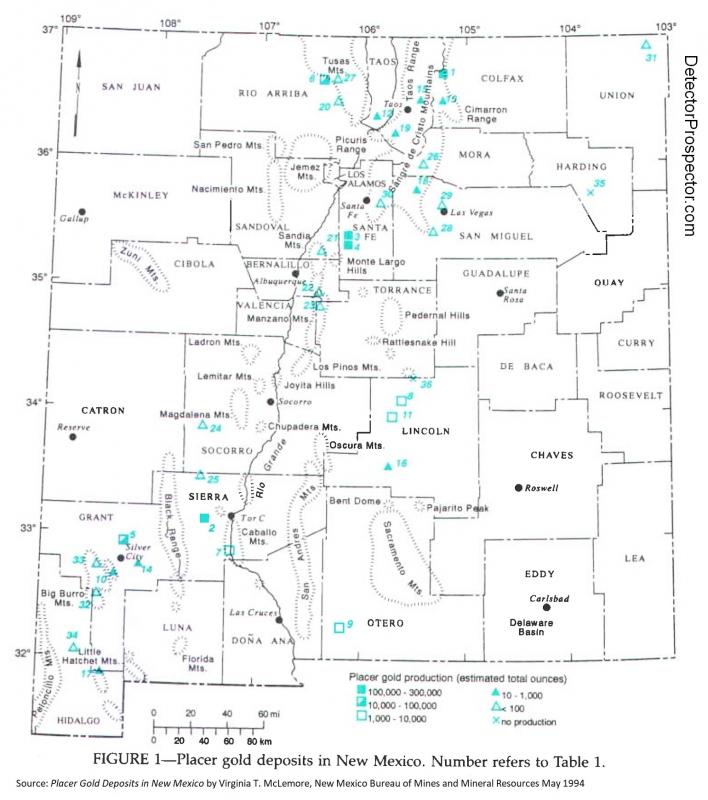Leaderboard
Popular Content
Showing content with the highest reputation on 09/25/2019 in all areas
-
3 points
-
3 points
-
Not definitive by any means but did some test on my wooden floor with a nickel and an antique gold band I found yesterday at the summer camp. In addition to the nails in the floor I added a rusty crusty bent nail to the mix. The results surprised me! With normal IB at 0 compared to the new F mode there was no discernible loss of signal response/audio quality even with F mode cranked to 9 no matter the relationship of the position of the target to nail. So it seems this feature may possibly be fine tuned to the response of certain unique targets as in bottle caps and flat iron? Can't wait to get out and try it in the area we hunted yesterday where the stock coil was smearing high conductors from 20 to 30 due to co-locate nails whereas my buddy using the 6"er was getting almost solid lock ons varying only a couple numbers when compared. He beat me with 2 V Nckels and a Buff to my none but we were even on IH's and I got him on the ring.2 points
-
Agree - more interested in the "and much more". Was that twist top you tested, Simon, corroded in any manner? Pristine "crown cap" steel or mixed steel caps are going to be hard no matter what. Frankly, if the emphasis of this update is an additional ferrous filter, that is frankly one of the last things I am needing or wanting, especially when it comes to semi-corroded bottlecaps which I can pretty much pick out with very high accuracy due to the ferrous grunt off the coil edge with Fe Bias at 0 and the typical accompanying highly unstable TID. I really am not all that interested in another filter that just sets me up for the possibility of more inadvertent masking of non-ferrous targets near ferrous targets. I have found that all Fe bias does is negate the positive effects of having high recovery speed settings for target separation in thick iron situations and typically run it at 0. Nevertheless, I am interested to see how this does in thick iron situations and to glean whether there are actual useful "and much more" enhancements. The back light fix for the 600 is a good thing for 600 users.2 points
-
Unless, as an older detectorist, are looking for something lighter weight AND that combines the capabilities of those two detectors should you want to eventually downsize the arsenal OR are hunting in sites with thick junk target densities as the higher, adjustable speed of the Equinox will bring better target separation and unmasking to the table vs. Excal or the V3i. Otherwise, if that is not the case, I agree with GB and really wouldn't recommend looking around until one of those two detectors bites the dust because other than versatility, weight, and speed Equinox does not bring a whole lot else to the table that those detectors don't already have. Nokta/Makro and Minelab might be focusing their next detector releases at the higher end detecting crowd in 2021 after taking on the entry level detector market place in 2020 with their Simplex and Vanquish offerings (respectively). That might be a good opportunity to entertain an upgrade, but you should really have a reason for doing so (dying detector or a specific capability or feature objective you desire that you are currently missing).2 points
-
1 point
-
This morning I woke up with a start of a cold and nearly didn't get up . I had updated my Nox to the 1.7.5 and wanted to give it a try . I was going to take my ET but as it was raining I thought better not . So at around 7.45 am I got a Bus to the beach and when I got there the tide was in and it was rough . I had other things to do so I did them and at about 11 am I got to the beach and started to detect. I immediately got my feet wet . So my cold will be double Man Flu by morning tomorrow LOL. I started to find a slow but steady trail of coins below a cut and I covered about a mile then turned around and went back in case . I found on the way back 3 rings together . I think its a Russian design . Found a Gold one a few years ago . This one I think is Silver but I need to get it checked. After finishing the beaches where I searched , I went to another beach to the East and a few more coins came up , but not many . I found a US Dime and another large coin of some sort with a hole in it . And a 50 Euro Cent . After walking another mile and feeling knackered I went to a shop and bought some food and headed home . My total was £32.77p , the ring and the 3 foreign coins . I found out about the version 2 update so that's been done now for next time. Most of the time I use my ET , its easier for the beach . I just know the targets better . But the Nox has its place and did well today. I wont be out till the end of next week now . Its going to be wet most of the time and I am working anyway . Also today I reached a target I was aiming for the year £1400 so I will pay a donation of £200 to Cancer research at the end of next week . Total coinage for the year so far is £1425 and Pence. Way down on years gone by but its now getting pretty cashless out there and in a few years it will be baron for coinage unless a storm opens up the beach . So far I have had 12 Gold rings (1 return) 1 Platinum (return) , 1 Gold Pendent (too be checked) and 36 Silver rings this year . Plus a few other Silvers ranging from chains to ear rings and things .1 point
-
1 point
-
Thx for your answers. The thing is that i just go there for two weeks so i didnt want to spend to much money for a gpx 5000 cause this would be my first choise and i cant use that machine in europe at all. So i decided to buy a Equinox 800. If iam a bit sucessfull with that machine i can come back with a pulse induction detector. If i find absolut nothing i dont think i would find something with a gpx either. Anyway thanks for your Post! I will let you know how it will go! Greetings1 point
-
I have this test I use to determine the effectiveness of discrimination vs masking on detectors. I silicone a silver dime inside a plastic lined crown cap(to make certain their is insulation between the silver coin and the alloy cap), in this case a Bud Ice bottle cap. I used both FE standard and the up dated FE2. At FE standard: FE 1 and 2 the dime was barely discernible showing an occasional 21-23 among many lower numbers. Beyond FE 2 the target became what I think is an averaged number with only a flicker of 20 to 21 on the screen. At FE 2: FE 1 and 2 the dime was very there showing 25-28 with the occasional 29 with a smattering of low number blips. Beyond FE 2 the dime faded quickly. I was impressed with the new discrimination but as always there are trade offs. So now the disclaimer, this is only one type of bottle cap others may have different results, surface tests may not indicate results in the ground. I urge others to try it for themselves but I think FE 2 is a clear advancement, at least for me when used sparingly.1 point
-
I hunt with FE at 0 nothing else so why compare settings I don't use? F2 4 was stated by Tom D to be the end all and for a lot of situations I'm sure he's right as he knows a lot more about detectors than myself. If the new F2 settings helped in beds of nails that would have been great, but they don't. F2 apparently helps on round iron and bottle caps I'm sure a lot of people will like that.1 point
-
Are you distinguishing between bronze pennies (pre-1982) and zinc pennies (post-1982). What you describe is the standard response of the Eqx: bronze ID typically at 25-26 and zinc around 20.1 point
-
Well that makes sense since the updater versions are clearly marked for only Windows or Mac (which I think is new this time around). Wonder if manufacturers are going to start recognizing Chrome OS as a platform for future firmware updates as Chromebooks AND firmware updateable detectors become more common.1 point
-
Initially, I saw no difference in the Fe menus of my 800 after installing 2.0. But then I figured it out..thanks TNss. I'll test both my 800s on the beach this weekend leaving #1 on the 1.7.5 update and #2 on the 2.01 update to see if the new update works as designed and if there's any distinguishable difference. I'll report back on my findings.1 point
-
I went out after the update. It is not a very good beach for us right now as there are no patches to find. There are just a few random items out on the negative tide. I left the wet sand and went to the volleyball courts. Before I got there I went around a cafe area and got most of the quarters there. As you can see I still got lots of bottle caps in the upgraded version. I didn't use the bottle cap rejection feature. (I didn't know how to turn it on.) My observation is that the targets were a bit cleaner. Even some of the bottle caps didn't crackle. I adjusted the FE but didn't hit the accept/reject to try the next level. At least I know if it is not on the upgrade didn't change the detector. The detector didn't help me find this: There were several other offerings of fruit on the beach tonight also. I left them there. I picked this up because the cleaning truck will plow over this in a few hours.1 point
-
Ha, I say that and an hour or so later it comes out... What should I wish for next..1 point
-
Gold's melting point is at about 1,943 degrees Fahrenheit (1064 °C) The eutectic point varies with alloys 18-karat gold has a melting point of 1,700 degrees Fahrenheit (926 degrees Celsius) and 14-karat gold has a melting point of 1,615 degrees Fahrenheit (879 degrees Celsius). I am sure those that have entered your draw, will be waiting with 🤞1 point
-
Unfortunately Mitchell, what the mining company will never know is how much gold the prospectors who submitted their 40E returns actually found or where they actually found it. Also, they will have no idea of where or what the other 50 prospectors who snuck on and poached without a 40E found.1 point
-
Here are a few more pictures and a bit more information. Pictures: https://www.google.com/search?q=crankshaft+for+a+wärtsilä-sulzer+rta96-c+engine&rlz=1CAHJUL_enUS810&sxsrf=ACYBGNTXT3GJ5o5yLcz8hHP8S5fLkrEl-A:1569388050303&source=lnms&tbm=isch&sa=X&ved=0ahUKEwjt5IKKmuvkAhUZITQIHYUWDR0Q_AUIEigB&biw=1366&bih=609 Info: https://en.wikipedia.org/wiki/Wärtsilä-Sulzer_RTA96-C1 point
-
3 more days to enter if you want the little kiln and the Morgan silver dollar. An update I put my digital temp probe I use for ceramics into the crucible with some high temp fiber to hold the heat in and set the temperature at a couple different points. The good news is the kiln easily reached 2057 F even with the lid up and the make-shift cover, bad news is the controller is constantly on so it needs to be manually controlled and the temperature monitored separately, I shut it off at 2057 F to prevent over-firing so you’d need to figure out what’s wrong the controller (my multi meter is packed up), fire by color or use an external probe to monitor temperature. i was watching some tube videos an this is kind of cool they call this a coffee pot style because after melting the metal you can flip up the lid with your thumb and holding the kiln by the handle with the crucible in place pour the gold like it was a coffee pot.1 point
-
Here is a bit of a way to use us to prove out your bigger picture! https://www.globenewswire.com/news-release/2019/09/24/1919973/0/en/Prospecting-by-Permitted-Third-Parties-Report-15-4-Ounces-of-Gold-Nuggets-From-International-Prospect-Ventures-Wits-End-Gold-Property-Australia.html1 point
-
I have the V3i and the Equinox 800. I have not found the Equinox to be a replacement for the V3i even after being well acquainted with it by now. Equinox is faster, and stock coil to stock coil, a bit deeper than V3i in multi operation. Equinox can also get wet. So I see it as more of a complement to a V3i. Nothing aside from a CTX provides the kind of graphic target info and disc tools a V3i does. I still prefer it for most inland hunting particualrly with the 13" detech. I have also found that what it lacks in ordinary separation methods it makes up for in 3 frequency pinpoint. Where the bars shift it is easy to tell where one object ends and an adjacent target begins. I do strongly recommend an Equinox 800 to anyone with a V3i though. What a deadly duo. Never been happier or more productive than with this combo.1 point
-
Alas! I am totally vindicated in my disdain for electronic gizmo-ism. I never trust an electron or apparatuses that manipulates electrons or the companies that manipulate the apparatuses that manipulate the electrons that I don't trust. I am barely smart enough to know that ignorance, sometimes, is bliss. However I truly hope JR gets everything back without cutting into his prospecting time.1 point
-
Equinox for sure....nothing is perfect but the 600 or better yet the 800 is the one! Be sure to buy from an authorized dealer, etc.... fred1 point
-
I like my V3. Used it some this past weekend and enjoyed it very much. In my opinion its too hard to compare an instrument to a tool. The V3 being an instrument and everything else being a tool. Anyway.... Comparing tools to tools.. I watched one of TNSharpshooters comparison videos on an found, in ground target. It was a good video where he ran several detectors over the target, including the EQ800 and the Infibio (or maybe the multi-Kruzer- i disremember which). The Equinox impressed me in that video as it appears to be operating with the 'Trash Density" feature of the Etrac lock in High. This results in clean signal response of accepted targets in the midst of rejected targets. Could be wrong. But I liked the response. The Nokta/Makro did ok, but the EQ800 response was cleaner. I still do not have any desire to own an EQ800 as my needs are different, but I was still impressed non-the less. If that helps. HH Mike1 point
-
That's why before filling in their hole, most people run their detector over the dig hole and the throw-outs after extracting their find. It's a good habit to develop.1 point
-
PACK AND CARRY The new Minelab Vanquish is 2.8 lbs (1.3 kg) light with a collapsible snap-lock system instead of twist locks makes it easy to pack and go. The unique new design features both a telescoping rod and upper armrest section. The lever action locks do not use holes, so the rod can be adjusted to any length. The coil stays in proper alignment through use of square instead of round tubing. Extended: 1450mm (57") Collapsed: 760mm (30")1 point
-
I like that stem design. Very similar to XP Deus. Would be neat if you could attach a different control box to that stem...hmm.1 point
-
Thanks DG, I have all the images (albeit scattered somewhat) Part of the problem will be working out which ones fit the narrative. Another part of the problem is the sheer number of images scattered over many pages. The main problem will be finding the time to do it Simon has helped considerably already swapping images available from the Wayback Machine. Thanks mate!1 point
-
As I'm struggling through the Equinox 800 learning curve, I'm beginning to realize it's potential for deeper gold. Both the two inch quartz specimen and the one gram piece were down about eight inches. The one gram nugget was pretty loud, but so was the specimen with only about a tenth or less of a gram. Unlike the Gold Bug 2's perfect signal, the noise and the numbers coming out of the 800 are really hard to interpret. I guess it is going to be practice, practice, practice. Rattlesnakes are still out in Oregon and I'm sure most other places as well-so be aware. Gary1 point
-
Yeah Simon - should have indeed - didn't think it through enough. The gold album has been up a long time, so I guess most people have seen it anyway. Reg's better half (Jannine) has a book coming out soon on the topic anyway.1 point
-
I did forget to mention, if you plan on hitting the salt then the Nox is the best choice for vlf's.1 point
-
Thanks for the tip Chase, cool site he has. His prices are pretty fair actually since the printing seems to be on an fdm (MakerBot) type printer which tend to be fairly slow. Those printers make very durable parts. Alternatively an SLS might be better and quicker but come with a heavier price tag so the part price is probably much more. I personally use an SLA (resin based printer) but the parts are more suitable for masters that I use for mold making as they are not that durable for any extended use.1 point
-
This is not news per se since it happened last year. Still, it is a big deal because the menu additions in my opinion make lower price versions of the XP Deus without the high price controller much more palatable. The version 5 update includes some new features to the WS4 and WS5 wireless headphones: Reactivity TX Power Automatic Ground Tracking Frequency offset (35 frequencies with the new X35) Iron volume Audio Response XP DEUS V5 improvements to WS4 & WS5 headphone controls These new functions are in addition to those already available via the headphones: Discrimination Sensitivity 4 Frequencies Ground Balance Choice of 1 – 5 audio tones plus, VCO Pitch and Full Tone option. 10 Factory Programs plus empty slots for user custom programs. LCD target identification Volume control Coil change menu Battery level indicator This all means that the $799 XP Deus Starter Package now has a lot of capability that was previously lacking without the high price full controller. The Starter Package includes FX-02 Wired Backphone Headphones + WS4 Display + 9" or 11" X35 Coil with Telescopic Pole MSRP: $1100 Introductory Price: $799 Control the entire detector from just the WS4 Display module alone Adjust sensitivity, discrimination and ground balance Choose your Frequency: From 3.7kHz to 27.7kHz Adjust your volume and select multi-tones Choose your operating program WS4 Display may be used as a Wireless headphone with included headband XP DEUS Starter Package XP DEUS Ws4 "on ear" headphones and WS5 "over ear" headphones. Both have the same menu functions. WS4 LCD display and controls - new functions are secondary controls listed below XP DEUS V5 menu options for WS4 and WS5 headphones So what is the catch? Numerous small options are missing and only available from the main controller, but the big one is the inability to make software updates without the main controller. Anyone buying a Starter Package wants to make sure the unit is pre-loaded with the latest stable version of the software, currently Version 5.2 Other features inaccessible from the headphone controller include the pinpoint button, silencer function, adjustable multitones, notch/multinotch, ground notch, and the four non-motion modes. With the new XP ORX being offered as a "lower price alternative to the Deus" I decided it was time to find out just what the capability is of the low price Deus options and how they end up comparing to the XP ORX. The fact is the base version of the Deus is actually $100 less than the XP Orx so this would seem to be an interesting line of inquiry.1 point
-
I think from my tilt on that article, nugget is a "ring in" from Victoria, bit of promotion by a journo. Each year Queensland goldfields are being over run in winter by hopeful prospectors from south of the border, I keep telling them, no gold here is all down where they come from. Gold fever is remarkable, I remember a fellow years back made it known he got a nice piece in a certain location just down the road a bit, a few weeks later there was standing room only, property owner shut down giving permission to enter etc etc. Hopeful operators come from all over, all no doubt passing over 1000s of ounces at top speed in their haste. You`d make a good living with a mobile pub following these hot tips.....................1 point
-
Another question via email, with personal references removed. I prefer to answer these on the forum so everyone gets the benefit of the answer plus others can offer their opinions also. "I am new to metal detecting and, your site here has really helped me out. I have a couple questions that maybe you can help me out with. What are some of the geologic indicators that you look for to determining where to prospect for nuggets? I try to study some of the geology maps but I could use some further pinpointing. I have also been looking at the National map of Surficial Mineralogy. Using the aster and minsat7 maps what are some of the indicators that may point you to higher gold bearing ground? Any help would be deeply appreciated. Could you point me to some old places where you have found gold? I'm not asking to be shown active patches. Just areas that you feel are worked out. I just want to see what gold bearing ground looks like. This would help me to start to learn the commonalities and characteristics of gold bearing grounds. Still looking for that first nugget! Thanks again for any info you can provide." My method is much simpler than that. I basically look for gold where gold has been found before. Think of it like fishing. If you want to go catch salmon you have two options. You can go to where people have caught salmon before - pretty good odds here. Or you can go where nobody has ever caught a salmon before. Very poor odds! So call it prospecting using history to determine where gold has been found before, and then getting as close as I can to those places. History and proximity. Finally, I may then employ geology to narrow that search in a given area if it turns out the gold is confined to certain rock types. The first place I normally turn as a rough guide to any new location in the U.S. is: Principal Gold Producing Districts Of The United States USGS Professional Paper 610 by A. H. Koschmann and M. H. Bergendahl - A description of the geology, mining history, and production of the major gold-mining districts in 21 states. This 1968 publication obviously lacks the latest production figures but it still is a great overview to where an individual prospector can look for gold in the United States. It is a 283 page pdf download so be patient. Pay particular attention to the listed references in the extensive bibliography for doing further research. You can download this here and find many more useful free books on this website at the Metal Detecting & Prospecting Library Principal Gold Producing Districts of the United States So just for fun let's say I want to go look for gold in New Mexico. The section on New Mexico starts on page 200 and here is a quick summary of the opening paragraphs: "The gold-producing districts of New Mexico are distributed in a northeastward-trending mineral belt of variable width that extends diagonally across the State, from Hidalgo County in the southwest corner to Colfax County along the north-central border. From 1848 through 1965 New Mexico is credited with a gold production of about 2,267,000 ounces; however, several million dollars worth of placer gold was mined prior to 1848. Mining in New Mexico began long before discoveries were made in any of the other Western States (Lindgren and others, 1910, p. 17-19; Jones, 1904, p. 8-20). The copper deposits at Santa Rita were known and mined late in the 18th century, and placer gold mining began as early as 1828 in the Ortiz Mountains south of Santa Fe. In 1839 placer deposits were discovered farther south along the foot of the San Pedro Mountains. The earliest lode mining, except the work at Santa Rita, dates back to 1833 when a gold-quartz vein was worked in the Ortiz Mountains. In 1865 placers and, soon afterward, quartz lodes were found in the White Mountains in Lincoln County; in 1866 placer deposits were discovered at Elizabethtown in Colfax County, and silver-lead deposits were discovered in the Magdalena Range in Socorro County. In 1877 placers and gold-quartz veins were found at Hillsboro, and in 1878 phenomenally rich silver ore was found at Lake Valley in Sierra County. The mineral belt of New Mexico is in mountainous terrain that lies between the Colorado Plateau on the northwest and the Great Plains on the east. It is a zone of crustal disturbance in which the rocks were folded and faulted and intruded by stocks, dikes, and laccoliths of monzonitic rocks. Deposits of copper, lead, zinc, gold, and silver occur locally throughout this belt. Some deposits of copper and gold are Precambrian in age, but most of the ore deposits are associated with Upper Cretaceous or Tertiary intrusive rocks. The gold placers were probably derived from the weathering of these deposits. In later Tertiary time lavas spread out over wide areas of the State, and fissures within these rocks were later mineralized. These fissure veins are rich in gold and silver, but in most places they are relatively poor in base metals. In New Mexico, 17 districts in 13 counties yielded more than 10,000 ounces of gold each through 1957 (fig.19). Figure 19 is a handy map showing us where you want to look in New Mexico and also where looking is probably a waste of time. Click for larger version Gold mining districts of New Mexico The map shows what the text said "The mineral belt of New Mexico is in mountainous terrain that lies between the Colorado Plateau on the northwest and the Great Plains on the east." Sticking to this area is going to be your best bet. Based just on this map I see two areas of general interest - the central northern area, and the southwestern corner of the state. The text mentions that placer deposits were discovered at Elizabethtown in Colfax County, and the map shows that as the Elizabethtown-Baldy mining district. Following along in the text we find this: "The placer deposits along Grouse and Humbug Gulches, tributaries of Moreno Creek, each yielded more than $1 million in placer gold and silver. Another $2 million worth of placer gold and silver was recovered from the valleys of Moreno and Willow Creeks (Anderson, 1957, p. 38-39), and some gold also came from the gravels along Ute Creek. Graton (in Lindgren and others, 1910, p. 93) estimated the placer production of the Elizabethtown-Baldy district prior to 1904 at $2.5 million, and C. W. Henderson (in U. S. Bureau of Mines, 1929, pt. 1, p. 7 40) estimated the production through 1929 at about $3 million (145,138 ounces). The total placer production through 1959 was about 146,980 ounces." The reference material from the passage above is in the back of the book and is where we can get real details. Google is our friend. This stuff used to take me lots of visits to libraries! Anderson, E. C., 1957, The metal resources of New Mexico and their economic features through 1954: New Mexico Bur. Mines and Mineral Resources Bull. 39, 183 p. Lindgren, Waldemar, Graton, L. C., and Gordon, C. H., 1910, The ore deposits of New Mexico: U.S. Geol. Survey Prof. Paper 68, 361 p. Henderson, C. W., 1932, Gold, silver, copper, lead, and zinc in New Mexico: U.S. Bur. Mines, Mineral Resources U.S., 1929, pt. 1, p. 729-759. That is more than enough, but let's also Google placer gold new mexico Lots of great links there, but two jump out: Placer Gold Deposits of New Mexico 1972 USGS Bulletin 1348 by Maureen G. Johnson Placer Gold Deposits in New Mexico by Virginia T. McLemore, New Mexico Bureau of Mines and Mineral Resources May 1994 Notice the source of the last one. Most states with much mining have a state agency involved that can be a good source of information and in this case it is the New Mexico Bureau of Mines and Mineral Resources. That last one is a real gem and contains this passage: "All known placer deposits in New Mexico occur in late Tertiary to Recent rocks and occur as alluvial-fan deposits, bench or terrace gravel deposits, river bars, stream deposits (alluvial deposits), or as residual placers formed directly on top of lode deposits typically derived from Proterozoic, Cretaceous, and Tertiary source rocks (eluvial deposits). During fluvial events, large volumes of sediment containing free gold and other particles are transported and deposited in relatively poorly sorted alluvial and stream deposits. The gold is concentrated by gravity in incised stream valleys and alluvial fans in deeply weathered highlands. Most placer gold deposits in New Mexico are found in streams or arroyos that drain gold-bearing lode deposits, typically as quartz veins. The lode deposits range in age from Proterozoic to Laramide to mid-Tertiary (Oligocene-Miocene) (Table 2). There are some alluvial deposits distal from any obvious source terrains (Table 2). Eluvial deposits are common in many districts; some of the larger deposits are in the Jicarilla district." So now we have a lifetime of ideas on where to go and a basic idea of the geology. And an even better map! Click for larger version. Placer gold deposits in New Mexico Let's look for specific site information. 1. Go to http://westernmininghistory.com/mines 2. Click on New Mexico Mines 3. Click on Colfax County Mines 4. Click on Elizabethtown - Baldy District Here you will find basic site information, references, and a zoomable map with alternate satellite view. An alternate site... 1. Go to https://thediggings.com/usa 2. Click on Browse All States 3. Click on New Mexico 4. Click on Browse All Counties 5. Click on Colfax At this point note you can browse mining claim information or deposit information. Researching mining claims, land ownership, etc. is another topic but here is one source of mining claim location information. For now.... 6. Click on Browse All Deposits or Use The Interactive Map 7. Click on Elizabeth - Baldy A little more detail than the previous site, including this note "SOME FAIRLY COARSE NUGGETS IN WILLOW, UTE, SOUTH PONIL CREEKS, GROUSE AND HAMBURG GULCHES, MORENO RIVER" One more... 1. Go to https://www.mindat.org/loc-3366.html 2. Way down at bottom click on New Mexico 3. Way down at bottom click on Colfax County From here you can dig into all kinds of specific site information but the navigation is a real mess. Have fun! Historic claim staking activity can be a clue. You can get the Big Picture by looking at Mine Claim Activity on Federal Lands for the period 1976 through 2010 OK, that really should have answered your question. As far as places I have been, they are nearly all in Alaska and can be found here. Now, I did all the above from scratch with no real prior information on New Mexico in about 2 hours. You can do the same for any state. However, finding where the gold is really is the easy part. The hardest part by far is finding out who controls the land and getting proper permission for access. In Alaska everything is covered by thick ground cover, so opportunities for metal detecting are strictly at creek level, and nearly always claimed. The process there is simple - find out who owns the claims and get permission for access. In most of the western U.S. there is far less or no ground cover, and so getting in the vicinity of and searching around or near mining claims without being on them is a far more viable option than in Alaska. Or you can try and get permission to access the properties. You still need to be able to track down property locations and owners however. For private property I subscribe to and use OnXMaps for my PC, Google Earth, iPad, and iPhone. It quickly maps private property and gives you access to tax roll information about the owners. Tracking down mining claims is easy in the big picture and harder in the details. The Diggings referenced before has interactive claims maps. I subscribe to Minecache for their Google Earth overlay. However, the most comprehensive source with the deepest repository of Land Ownership information is Land Matters. They have online claim mapping with direct links to claims owner information. Note that all online sources have a lag time between the actual staking of a claim on the ground and when it reaches the online systems, if ever. I say if ever because some claims exist solely at the county or state levels and there is no good way to find them short of visiting local recorder's offices or eyeballs on the ground. Prior thread on finding claims information. Finally, I am not an expert geologist by any means. This is just how I go about it, but any tips, hints, advice, or information anyone is willing to share on this thread are very welcome!!1 point
-
- - - which means all my uploaded images have vanished, including the "Reg Wilson Gold Album" and "Gold found with the QED" Wasn't even given the option to transfer my images to parent company Photobucket for a fee. Huge amount of work to edit and transfer images to another host - so shock and apathy prevail for now - need a beer and time to think - - - :<(0 points




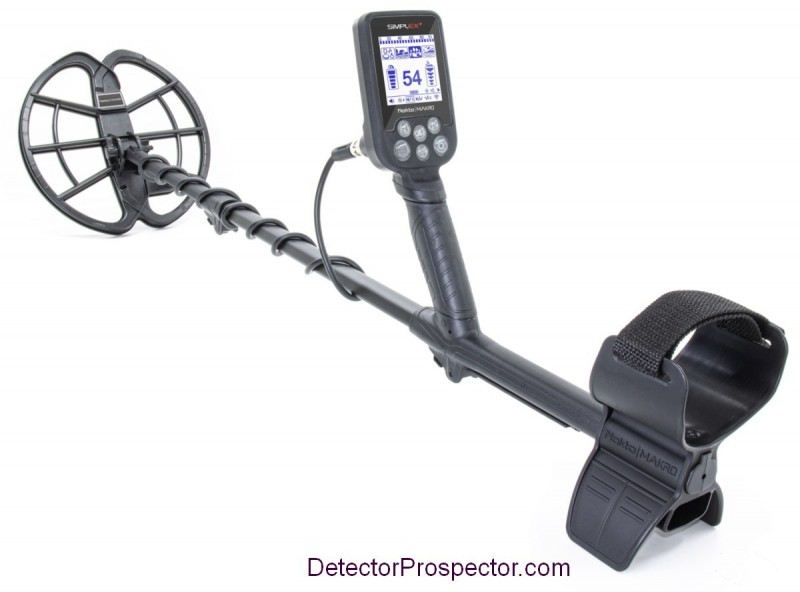
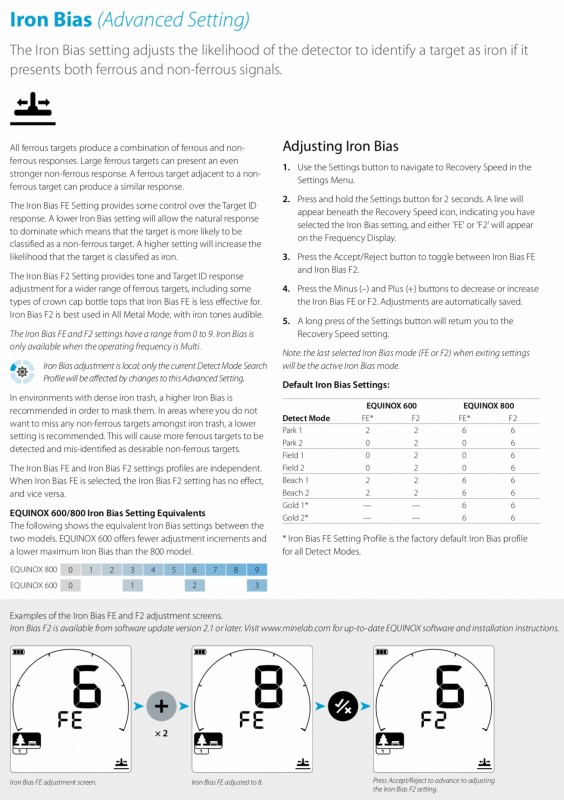
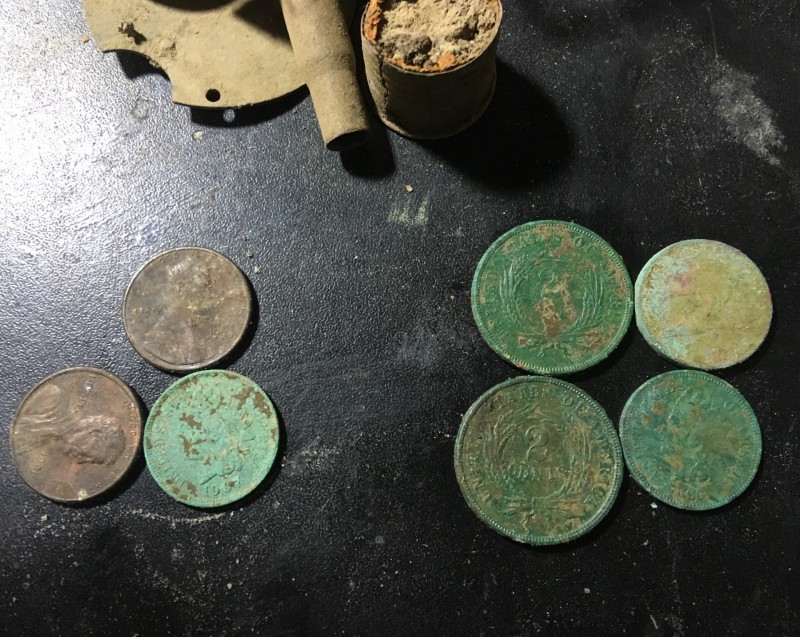

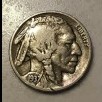
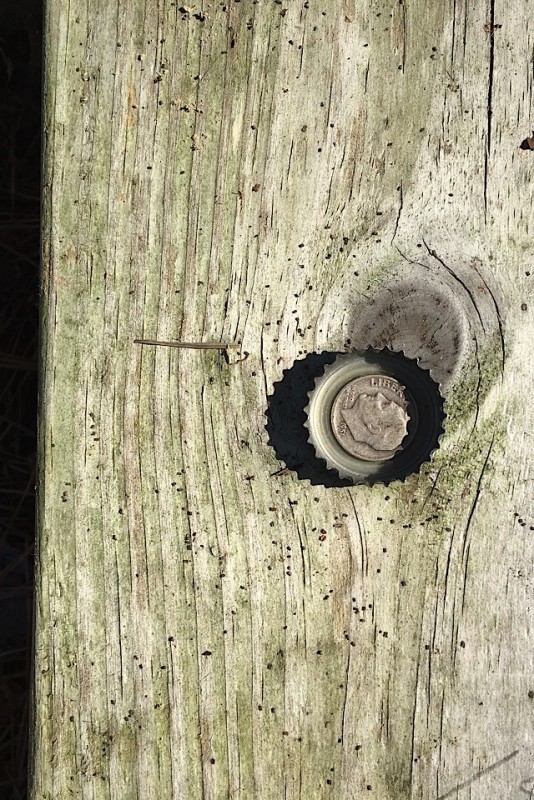

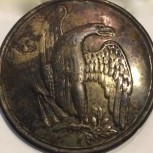

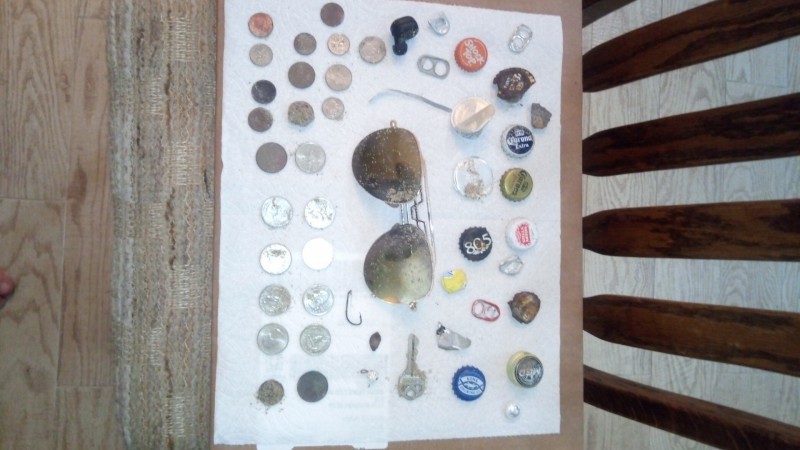
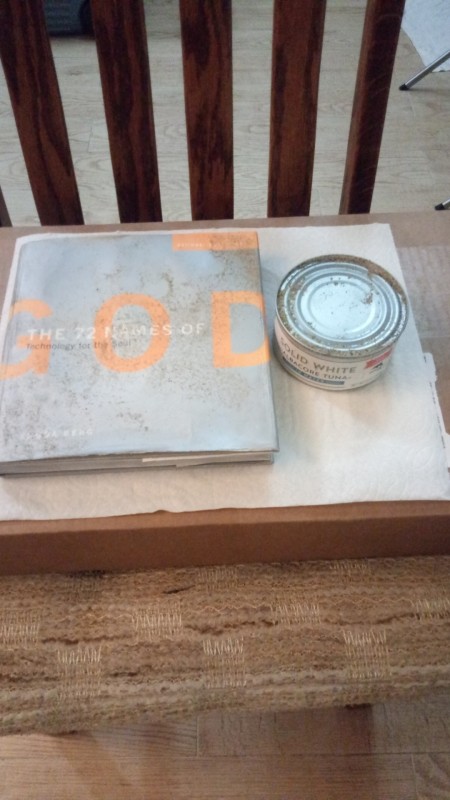
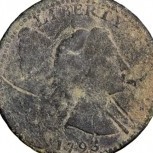

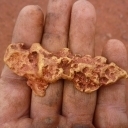
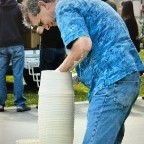
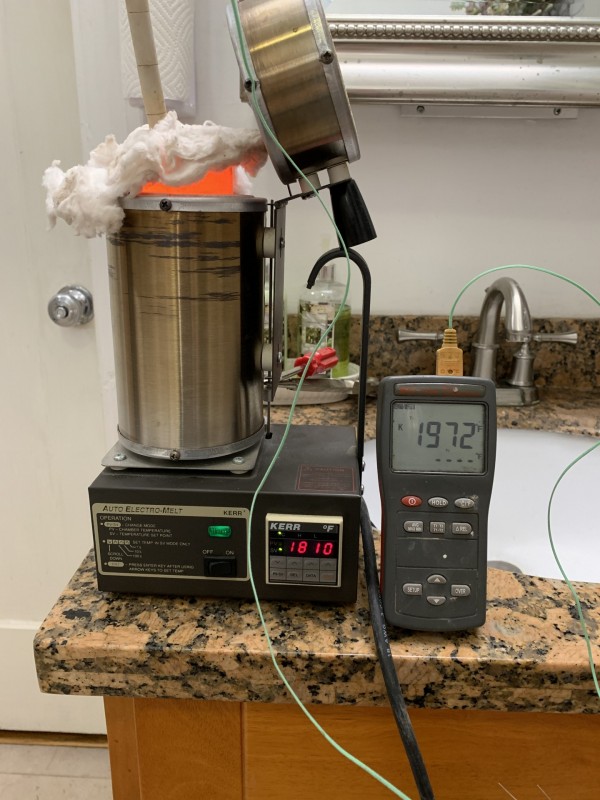


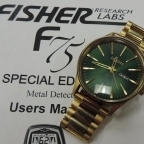

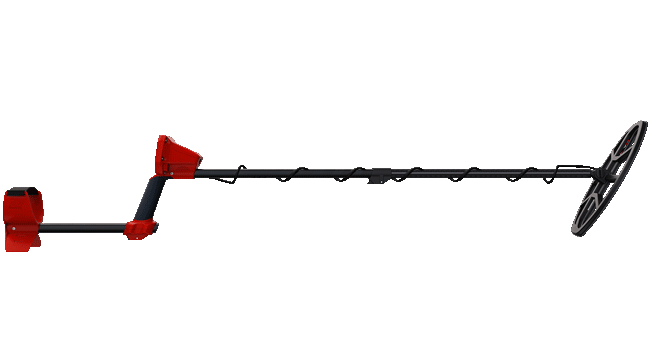
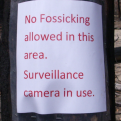

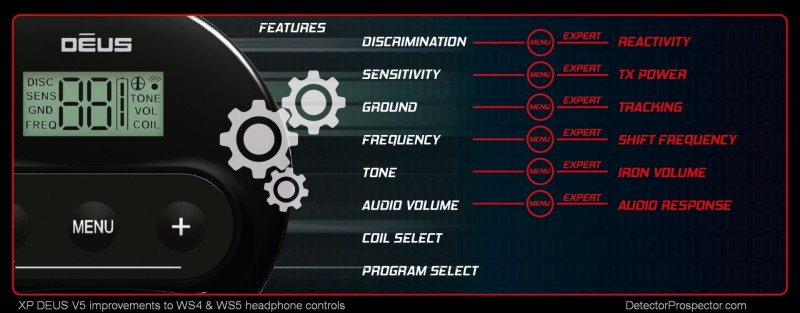
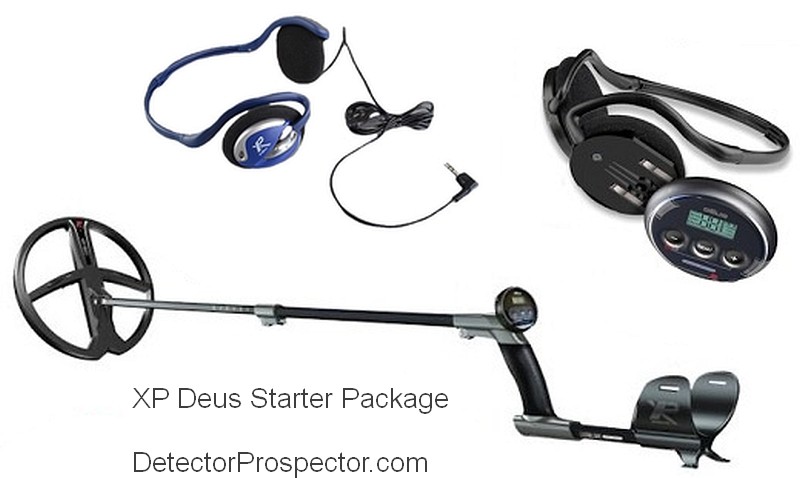
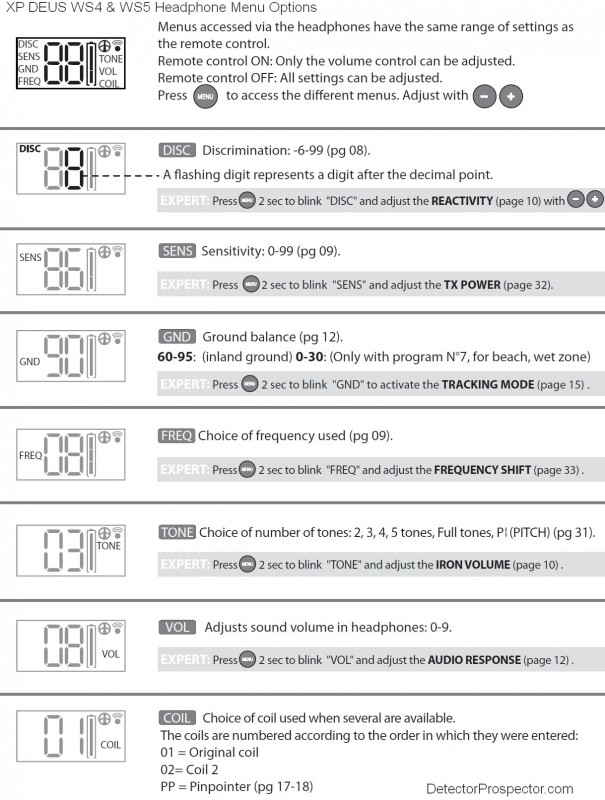
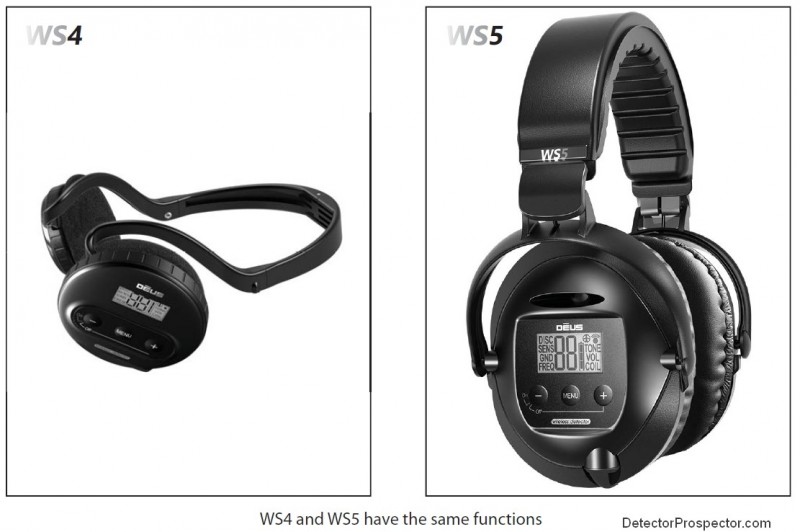
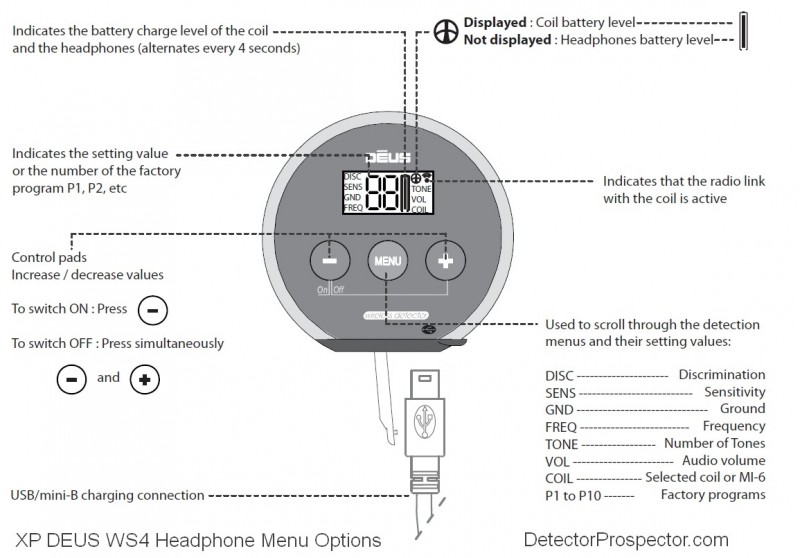
.thumb.jpg.77e4cb5bf39d44bdd2050d2edb7dfdb1.jpg)
